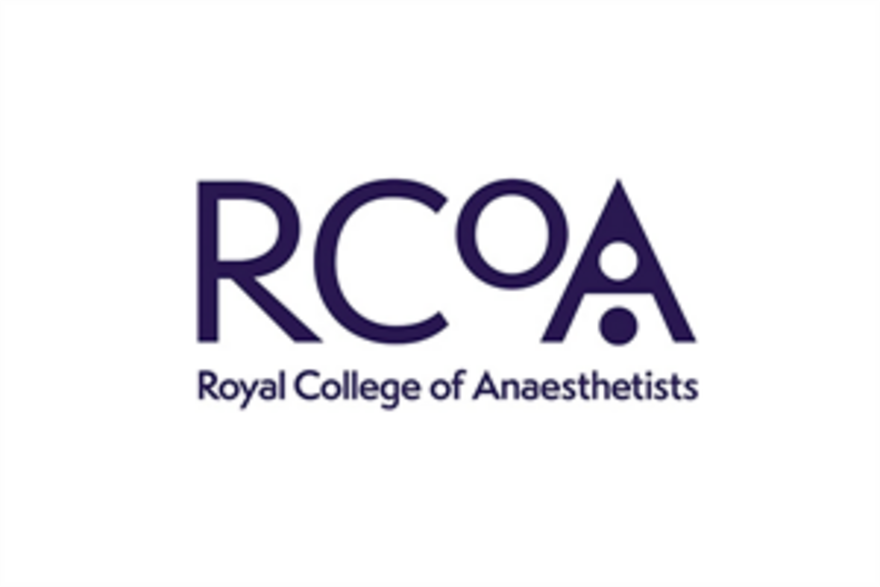
Royal College of Anaesthetists develops new childbirth pain relief infographics
New infographics have been developed which aim to help people understand their options, ask the right questions and make confident, informed choices about pain relief in labour. The new resources from the Royal College of Anaesthetists (RCoA) and the Obstetric Anaesthetists’ Association were produced after reviews of maternity care found many people do not receive full information about pain relief options in childbirth. The infographics explain the risks associated with spinal and epidural anaesthetics in clear, accessible language. They also include information on side effects and address some common misconceptions.
Dr Claire Shannon, president of the Royal College of Anaesthetists, said: “Pregnant people deserve clear, balanced and evidence-based information about the care they may receive in labour. These new infographics ensure that people are better supported to understand the risks and benefits of epidurals and spinal anaesthetics, enabling them to make informed choices about their care."
Trusted, evidence-based and inclusive information
The infographics were produced in partnership with the Winton Centre for Risk and Evidence Communication and have been certified by the Patient Information Forum Trusted Information Creator Kitemark (PIF TICK). The RCoA says the resources:
- Use clear, simple language.
- Present risks in a way that’s easy to understand.
- Include icons and graphics to support comprehension.
- Ensure inclusivity through co-design and testing with diverse patient groups.
Patients and midwives reviewed the resources
Patients, midwives, and anaesthetists were involved in the production and testing of the resources. When trialled in one maternity unit, 14 women reviewed the infographics while on the delivery suite. All felt they understood the information well and were more confident discussing anaesthetic options. Most felt reassured, while a few reported feeling concerned but better informed, demonstrating the infographics support understanding without sugar-coating the facts.
Women emphasised the resources would be most valuable antenatally, when there is time to reflect, ask questions, and consider their options. Midwives who reviewed the resources also welcomed it, noting that many women currently lack access to clear, trusted information about epidurals and spinals.
Shared decision-making works best
The RCoA says while the infographic itself is an excellent tool, the real impact comes from the conversation around it. Shared decision-making works best when women can explore options, clarify preferences, and ask questions with a trusted professional. Understanding what interventions might be needed, should circumstances change, can reduce stress and make unexpected decisions less daunting. The RCoA suggests the resources are used antenatally, alongside professional guidance, so they can:
- Improve women’s confidence and preparedness.
- Reduce inequalities in access to information.
- Support meaningful, personalised discussions.
- Reduce stress if an epidural or spinal becomes necessary.
You can find the epidural anaesthetics information and infographic on the RCoA website here.
Find the spinal anaesthetics infographic on the RCoA website here.
